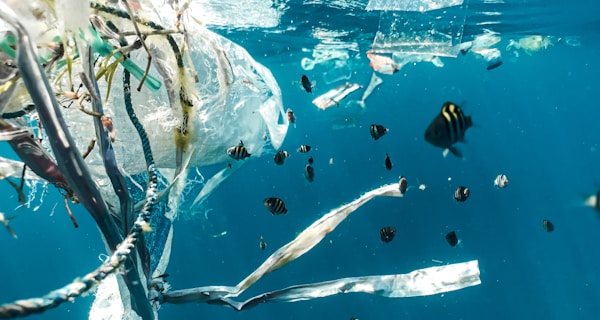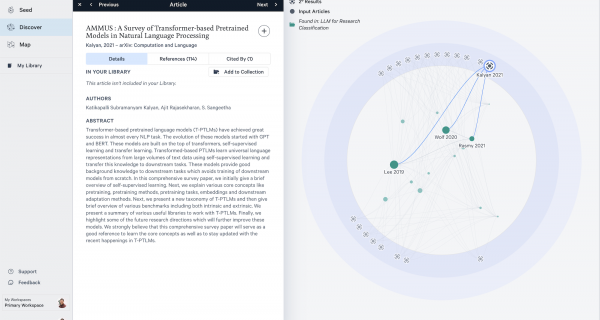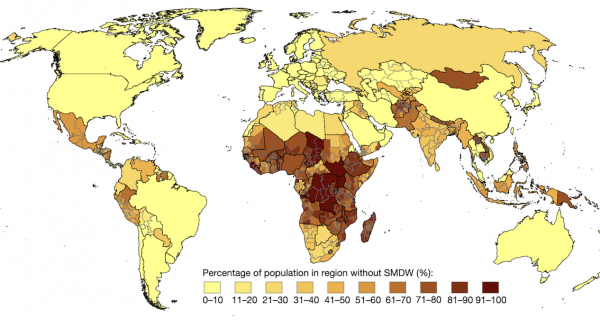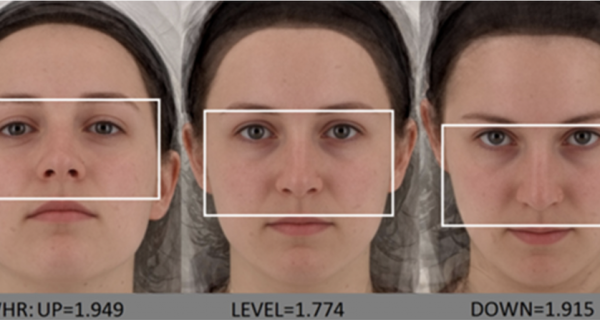Providing drinking water to 1 billion people by harvesting drinking water from air using solar energy
Solar-driven, continuous-mode atmospheric water harvesting devices could address both the water quality and the water access need at the household level
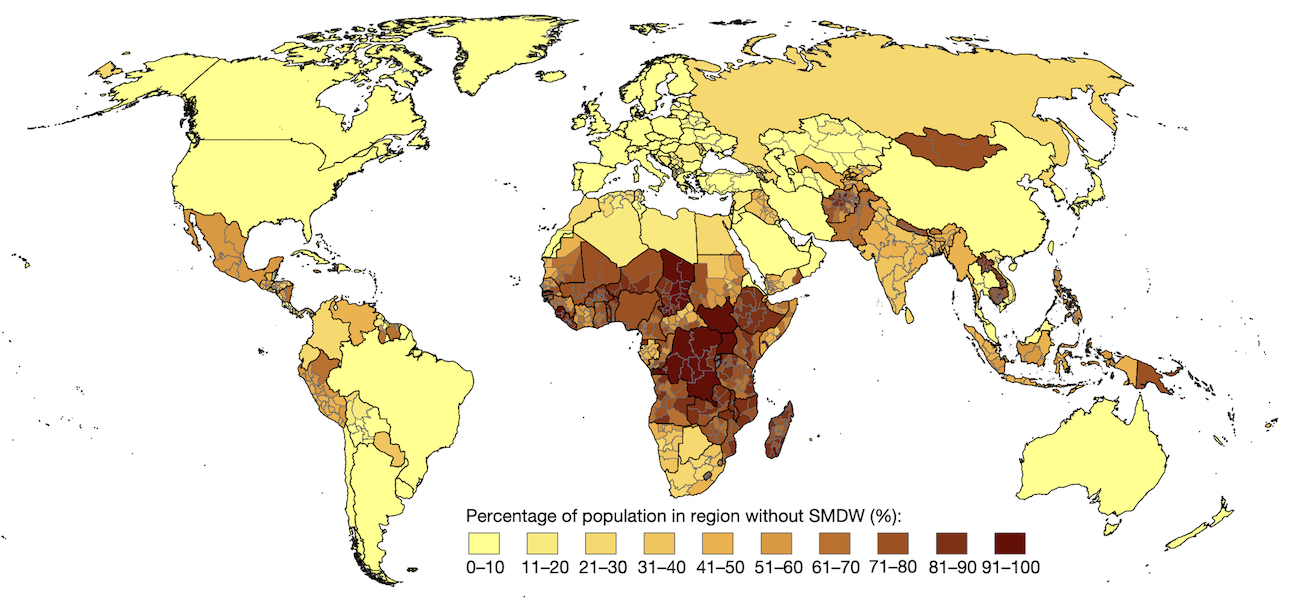
Providing everyone with reliable access to drinking water is a global challenge. Target 6.1 from the Sustainable Development Goals (SDGs) proposed by the United Nations is: “By 2030, achieve universal and equitable access to safe and affordable drinking water for all”
According to UNICEF data, 1 in 4 people, in other words, 2 billion people around the world, still don’t have access to safe drinking water.
To achieve target 6.1 and thus provide safe and affordable drinking water for all, we still have a lot of work to do.
In a recent study, researchers from The Moonshot Factory propose that atmospheric water harvesting (AWH) can accelerate decentralized access to underserved communities if a cost-effective, off-grid device can be designed and scaled.
Although atmospheric water harvesting has much lower specific yields (The quantity of water which a unit volume of aquifer, after being saturated, will yield by gravity) than infrastructural water sources such as desalination, solar-driven, continuous-mode AWH sized to produce sufficient daily drinking water output for an individual or family (5 liters per day per person) could address both the water quality and the water access at the household level.
The study concludes that developing a solar-driven, continuous atmospheric water harvesting device (SC-AWH) will require further research and work. Nonetheless, as the authors state: “A device with a 1 m2 solar collection area and a specific yield profile of 0.2–2.5 l kWh−1 can serve the water needs of about 1 billion people, assuming continuous harvesting of 2–3 h per day with sufficient sunlight.
A large benefit to this approach is that SC-AWH devices have the potential to be low-cost, as they have few moving parts. Moreover, the paper concludes with the fact that day-time climate conditions may in fact be sufficient for continuous-mode AWH operation in world regions with the highest human need for safely managed drinking water (SMDW).









